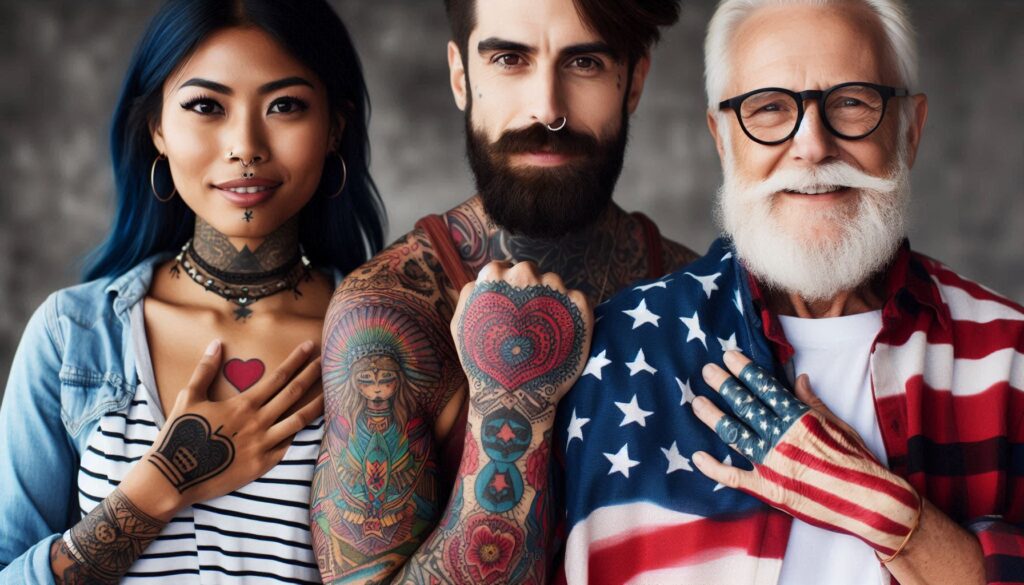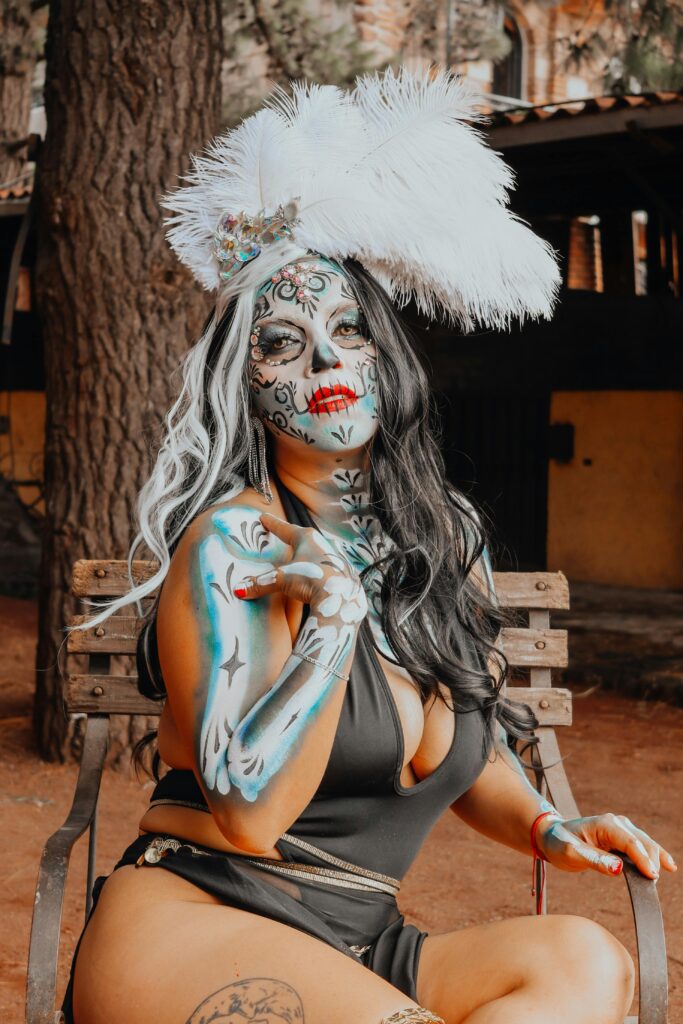The History of Tattoos in America vs. Australia: A Comparative Study
Tattoos have etched their way through history, marking significant cultural and personal milestones. From ancient rites of passage to modern-day self-expression, tattoos tell stories as diverse as the individuals who wear them. But have you ever wondered how the history of tattoos in America compares to that in Australia? Let’s dive into this intriguing comparative study to uncover the unique paths these two regions have taken in their tattoo journeys.

Early Beginnings: Indigenous Traditions
In America, the history of tattoos stretches back to the indigenous tribes of North America, long before European settlers arrived. Native American tribes, such as the Inuit, Haida, and Hopi, practiced tattooing as part of their cultural and spiritual practices. For the Inuit, tattoos were a symbol of survival and endurance, often linked to rites of passage. The Haida people used tattoos as a way to showcase status and lineage, with intricate designs representing family history and social standing. Similarly, the Hopi tribe used tattoos to denote various life stages and achievements.
Across the Pacific, Australia’s indigenous cultures also have a rich tattoo tradition that dates back thousands of years. The Aboriginal Australians used tattooing as a means of ceremonial marking and storytelling. Tattoos were deeply embedded in their spiritual practices, often connected to the Dreamtime—an Aboriginal understanding of the world’s creation and ancestral beings. Traditional tattoo designs were not just decorative but carried deep cultural significance, reflecting an individual’s connection to their ancestors and land.
Colonial Influences and European Arrival
The arrival of Europeans in both America and Australia brought about significant changes in tattoo practices. In America, European explorers and colonists brought new tattooing techniques and styles, largely influenced by their own traditions. The introduction of Christian imagery and European artistic styles began to alter the traditional tattoo practices of Native American tribes. Over time, the influence of European tattoo artists gave rise to a distinct American tattoo culture, which started to blend indigenous symbols with new designs.
In Australia, the impact of European colonization was similarly transformative. European settlers introduced Western tattooing methods and designs, which began to overshadow traditional Aboriginal practices. By the 19th century, tattooing had become a symbol of rebellion and non-conformity among convicts and sailors. This period saw the rise of prison tattoos, which were often used to signify one’s criminal past or allegiance to a particular gang. The traditional Aboriginal tattooing practices gradually became less visible, overshadowed by Western influences.
Modern Developments: From Outlaw Art to Mainstream Culture
The 20th century marked a turning point for tattoos in both America and Australia. In America, tattoos began to shed their association with criminality and rebellion, slowly emerging as a form of self-expression and artistry. The post-World War II era saw the rise of tattoo studios and professional artists, transforming tattoos from a symbol of societal deviance into a respected art form. The 1960s and 70s brought a surge in tattoo popularity, influenced by counterculture movements and the increasing acceptance of body art.
Australia experienced a similar shift during the latter half of the 20th century. Tattoos, once seen as marks of a rough lifestyle, began to gain acceptance within mainstream culture. The 1980s and 90s saw a burgeoning tattoo scene in Australian cities, with local artists gaining recognition and respect. The growth of tattoo conventions and the rise of tattoo-focused media further contributed to the normalization of tattoos in Australian society.

Cultural Significance and Contemporary Trends
Today, tattoos hold a prominent place in both American and Australian cultures, but the ways in which they are perceived and valued differ. In America, tattoos have become a significant part of personal identity and cultural expression. The rise of reality TV shows like “Miami Ink” and “Ink Master” has brought tattoo artistry into the mainstream, showcasing a diverse range of styles and stories. American tattoo culture is characterized by its eclecticism, with influences ranging from traditional Americana designs to contemporary, abstract art.
In Australia, tattoos continue to be deeply intertwined with cultural heritage and personal identity. The resurgence of interest in traditional Aboriginal tattooing is a testament to the country’s growing appreciation for its indigenous roots. Modern Australian tattoo artists often incorporate traditional designs and techniques into their work, creating a fusion of old and new. Additionally, the Australian tattoo scene is known for its emphasis on custom artwork and storytelling, reflecting a strong sense of individuality and personal connection.
Unique Perspectives: Tattoos Down Under
For Australians, tattoos are not just a form of self-expression but a way to celebrate and preserve cultural heritage. The website Tattoos Down Under offers a fascinating glimpse into the rich history and contemporary trends of tattooing in Australia. It provides valuable insights into how traditional practices have evolved and how modern Australian tattoo artists are redefining the art form. From exploring the significance of Aboriginal tattoo designs to showcasing the latest trends in Australian tattoo culture, Tattoos Down Under is a treasure trove for anyone interested in the vibrant world of tattoos in Australia.
In Conclusion
The history of tattoos in America and Australia reveals a tapestry of cultural exchanges, transformations, and innovations. From ancient indigenous practices to contemporary art forms, tattoos have navigated a complex journey through history, reflecting broader societal changes and personal expressions. While both regions share a common thread of using tattoos to signify identity and belonging, their paths have diverged in unique ways, shaped by their respective histories and cultural influences.

As you explore the rich history and dynamic trends of tattooing in Australia, Tattoos Down Under offers a comprehensive resource to understand and appreciate the evolution of this captivating art form. Whether you’re a tattoo enthusiast or simply curious about the cultural significance of tattoos, Tattoos Down Under provides an in-depth look at how this ancient practice continues to thrive and evolve in the modern world.


Leave a Reply